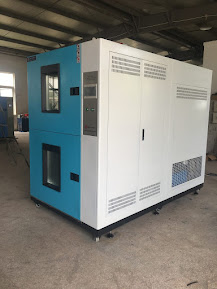Do flood light need to be test in a temperature and humidity chamber?
.jpg)
Flood lights are a specific kind of lighting fixture that are intended to illuminate expansive regions, such as outdoor sports fields, parking lots, or construction sites. They are often subjected to a wide range of environmental conditions , including variations in temperature and humidity, which may have an impact on their overall effectiveness as well as their lifespan. As a consequence of this, it is possible that it will be essential to test flood lights in a temperature and humidity chamber in order to guarantee that they are able to function safely and efficiently in a variety of climatic conditions. The testing of flood lights in a temperature and humidity chamber is putting the lights through a series of controlled environmental circumstances. These settings may include temperatures that are either very high or extremely low, as well as varying degrees of humidity. Condensation on the interior of the lights, corrosion of components, or material deterioration might be caused
.jpg)
.jpg)
.jpg)

.jpg)
.jpg)
.jpg)
.jpg)
.jpg)
.jpg)
.jpg)
.jpg)
.jpg)
.jpg)
.jpg)
.jpg)
.jpg)
.jpg)
.jpg)
.jpg)